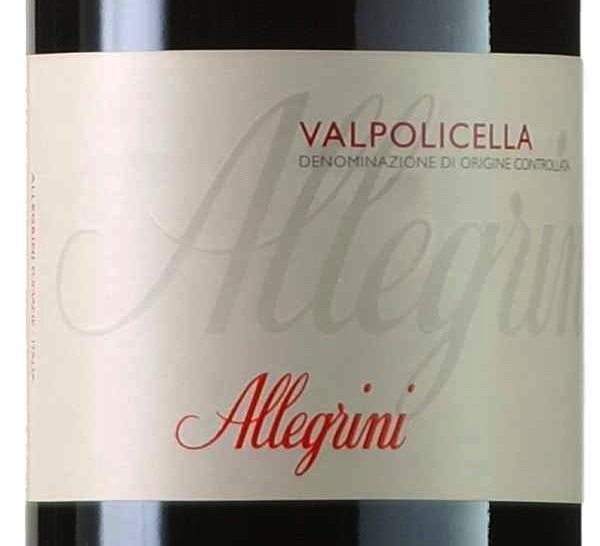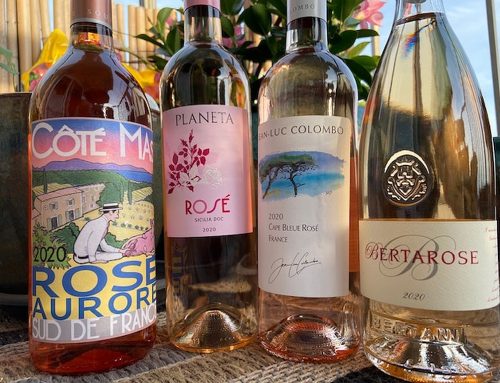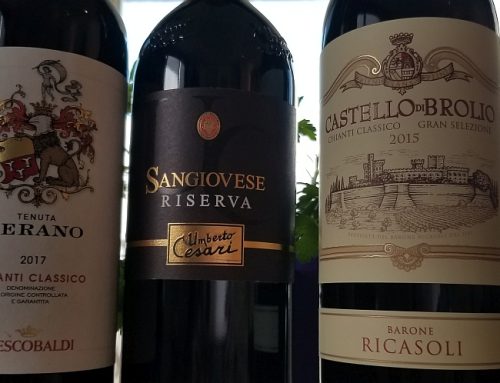The 2012 Allegrini Valpolicella is the perfect bridge from summer’s lighter wines to fall’s richer ones.
Valpolicella is in Veneto, an Italian viticulture area north of Verona that is famous for the full-body, complex amarone wine. But there is a lighter wine made from the same mix of grapes used for amarone. It bears the area’s name, Valpolicella, and is ideal for casual dinners.
Valpolicella is made in various forms and has different classifications. One form is the ripasso (repass or pass over) method that takes newly fermented Valpolicella wine and adds the leftover skins, seeds and pulp of fermented amarone, or adds dried grapes, creating a second fermentation and a much bigger, structured wine. The other way of making Valpolicella is a traditional fermentation with limited aging until late winter or early spring in tanks or vats, plus a few months in bottle.
The 2012 Allegrini Valpolicella follows the second route with a blend of 65 percent corvine veronese, 30 percent rondinella and 5 percent molinara. It yields a cherry- colored and-scented wine with a slight herbal undertone. It has a cranberry-like liveliness and flavor, with a touch of black cherry that brings depth and length to its medium-light body.
The Allegrini family has been making wine in the Veneto since 1858. Winemaker Franco Allegrini and his sister, Marilisa, continue the innovative and high standards set by their late father, who made some the region’s best wines. Their fresh thinking reappeared a few vintages ago when they decided to forego the Valpolicella Classico status and use the general Valpolicella classification in order to bottle the wine with a screw cap. (Italian wine regulations require a cork closure with the Valpolicella Classico designation.)
The general Valpolicella classification means that Allegrini can use grapes from a larger area than wines bearing the Classico label. For a less quality-driven producer, this normally means an inferior wine; Allegrini did not do that.
For Valpolicella and other wines meant to be consumed soon after bottling, the screw cap is a no-brainer. You get to drink a fresher wine (screw caps prevent substantially less oxygen into a wine bottle then corks do), and you get to drink a less expensive wine (screw caps cost much less than a cork). To those positives, you also eliminate a negative: the possibility of buying a wine that has been infected from a tainted cork. So why won’t the Italians, French, Spanish and Portuguese change their mind-set about screw caps? That’s a topic for another column.
Meanwhile, enjoy your well made, very flavorful, good-value 2012 Allegrini Valpolicella the way I did: with a bowl of orecchiette and spinach, followed by two delicious cheeses from Vermont: Weybridge, made from organic cow’s milk at Scholten Family Farm, and Coupole, an aged goat cheese from Vermont Creamery.
The 2012 Allegrini Valpolicella retails for about $14.








Leave A Comment